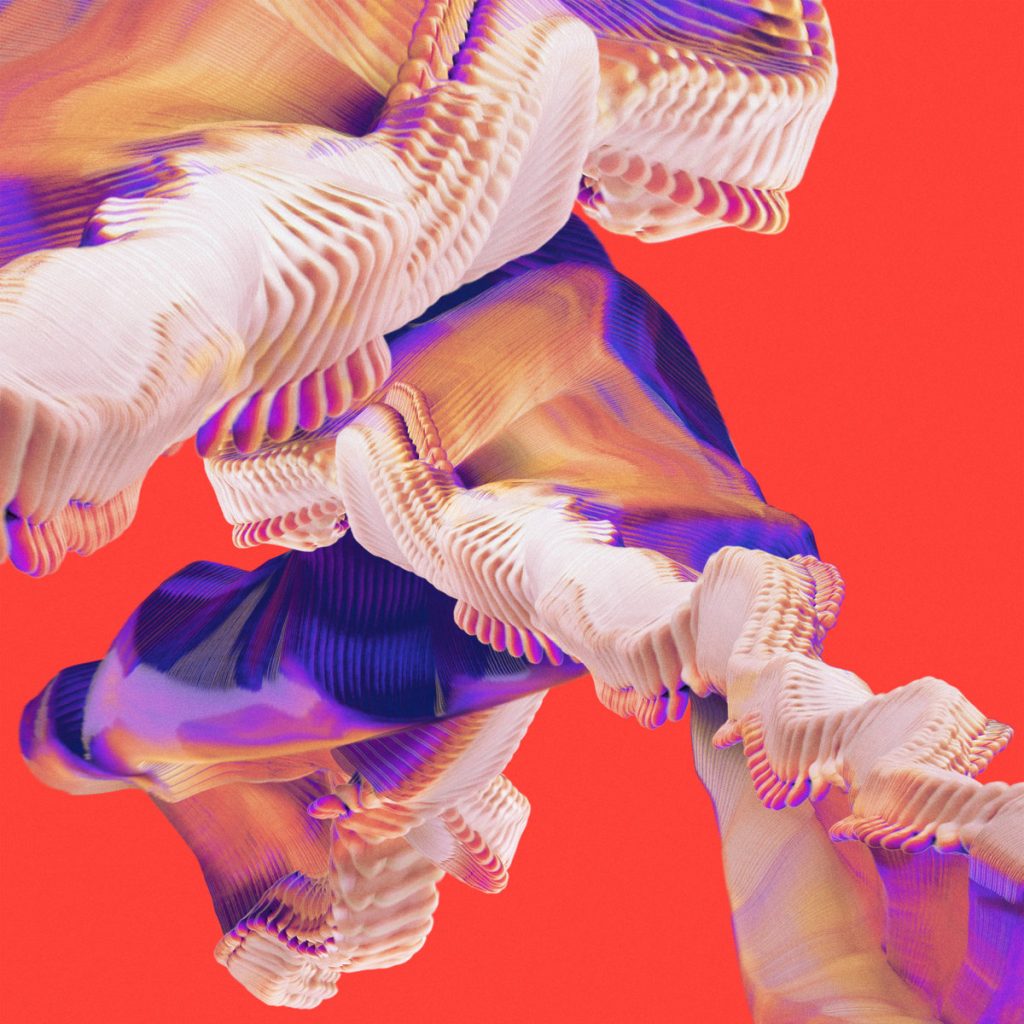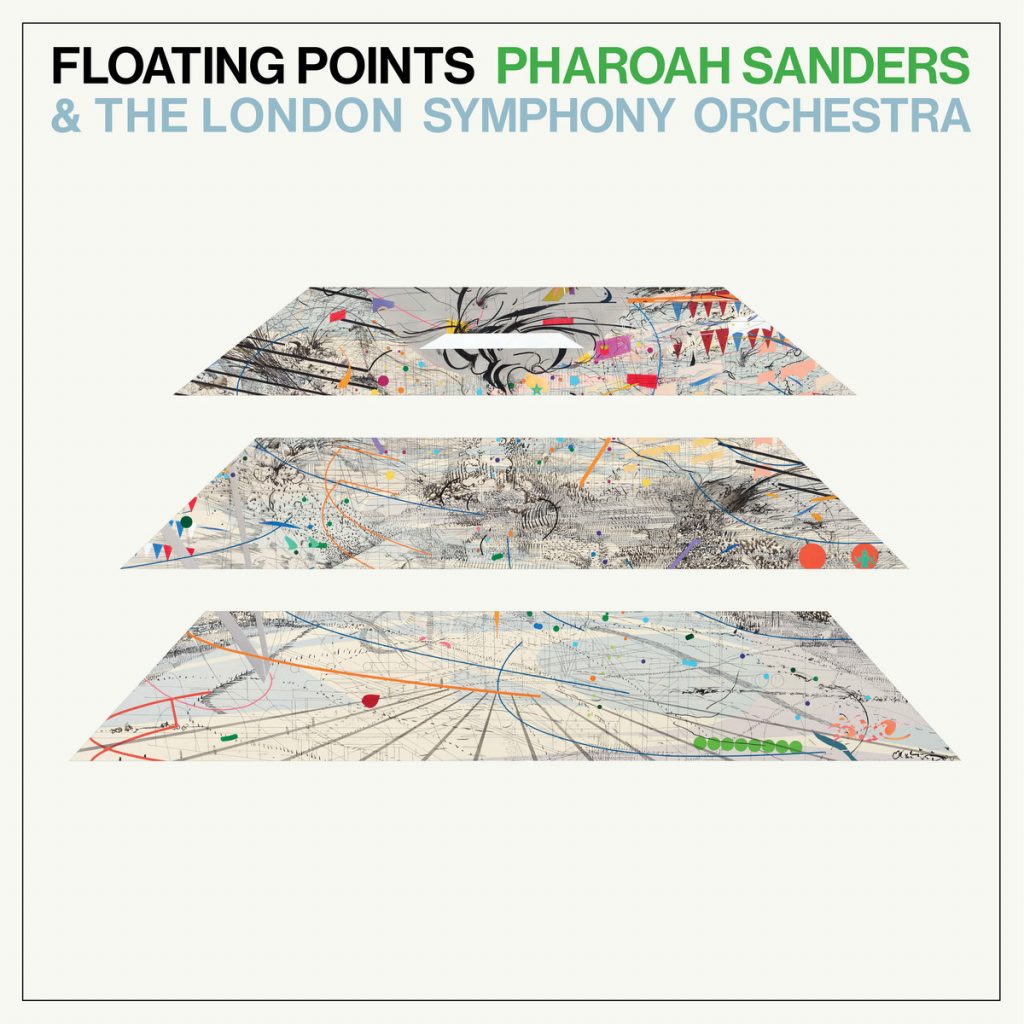For over a decade I have been writing an Album of The Year list for the site, highlighting my favourite 5 albums and crowning one my overall favourite.
To feel like I could give a valued opinion on the music of each year took hours of research, listening to hundreds of albums (many several times) to get to a place where I believed I could fairly select my favourites. Unfortunately, this year I have not had the time to dedicate to the selection process and therefore don’t believe that I can give a fair opinion of music from this year.
Those who read the site will know its posts have dwindled over the past few months, Having a child has greatly reduced my time, and I’ve had to make decisions about how I spend my limited available free time. As music goes, I’ve been far more interested in using that time to create, rather than write about music. In the future, the site is going to continue to reflect this, with fewer posts and a focus on my own music.
That being said, there are a few albums this year that I wanted to mention as well worth a listen, so I thought I would spend a little bit of time writing about them here. This is in no way a definitive list, but it is a reflection of my life this year.

Bicep- Isles
One of the first albums I head this year and yet its stayed with me throughout. Isles manages to contine what I love most in electronic music with its focus on sound design.
The albums instrumental focus allows for the records adaptability to different scenrios. It’s as comfortable bubbling quietly in the background of daily chores as it is being cranked up and your main focus. This works in most part because of the quality of the sound design that focuses on rich and complicated textures, both in its sampling and its sythpatches/layering.
This attention to detail continues throughout the record, creating a solid and unified album. With lots to love about the record, it should appeal to more than just the avid electronic music listener.
Although this album fits into my favourite genre, many records of its ilk have fallen to the wayside after several listens, Isles has stuck with me though throughout the entire year and become a musical higlight of it.

Floating Points, Pharoah Sanders & The London Symphony Orchestra- Promises
If there had to be an album of the year for me it would be this. A contemplative single composition that over its 46minute play time weaves jazz, electronic and neo classical into a unified, attractive reccord.
On first listen, I wasn’t blown away with the albums subtleties. It’s more minimal approach and focus on a single theme for most of the record left me wanting. However after several listens, and within the right frame of mind, Promises revealed itself to be a masterfull piece of work for all involved.
It has become a staple in my musical diet for many months now. A retreat into something delicate and nuanced that focuses on the intricate sounds of each instrument with exquisite detail. Whether or not the piece was recorded live, it has a feeling of that.
The album builds to movement 6, where the strings swell into full force and lead to one of the most uplifting and powerful pieces of romanticism in modern music. It is worth the price of admission alone.
It is only enhanced by the slow build of the opening movements. These are far more delicate, focusing on the motif and a single other instrument (often Pharoah Sanders voice or horn), which has the exemplarary smokyness acheived from only years of musicianship.
If there was one record I would recommend anyone listen to this year it would be Promises. I guarantee it will continue to be played in my collection for many years to come.
Well that’s it for now. I hope to post again in the not to distant future with some more of my own music. Until then I hope you have a wonderfull year.

